Songwriting basics: how to use the 2-5-1 chord progression in your DAW
Learn an important trick of the songwriting trade
Songwriting can be an arduous process sometimes, and there are occasions when we need all the help we can get.
When this situation crops up, nobody will judge you for rummaging around in your songwriter’s toolbox for some tried and tested tricks to help you out.
One such technique that can be incredibly useful when it comes to populating your empty page with a few carefully chosen chords, is to use the 2-5-1, also known in its Roman numeral form as the ii-V-I.
But what exactly is a 2-5-1? Well, it’s a sequence of three chords, traditionally embraced by the jazz fraternity but equally of use whatever your genre.
When strung together as a package, they form a kind of building block that has a special power - namely, the power of resolution. The 2-5-1 feels like an ending, because it ends on the I chord, so it’s essentially a totally surefire way of navigating any chord progression back to the I chord, resulting in a feeling of arriving home. A great way to round off a tune or section.
Because of this, we’re talking about probably one of the most common and recognisable sounds in all of western music.
So in this tutorial we’re going to explore exactly what a 2-5-1 is and how to build one, and then rounding off with a couple of examples of how it can be used in your own productions.
Get the MusicRadar Newsletter
Want all the hottest music and gear news, reviews, deals, features and more, direct to your inbox? Sign up here.
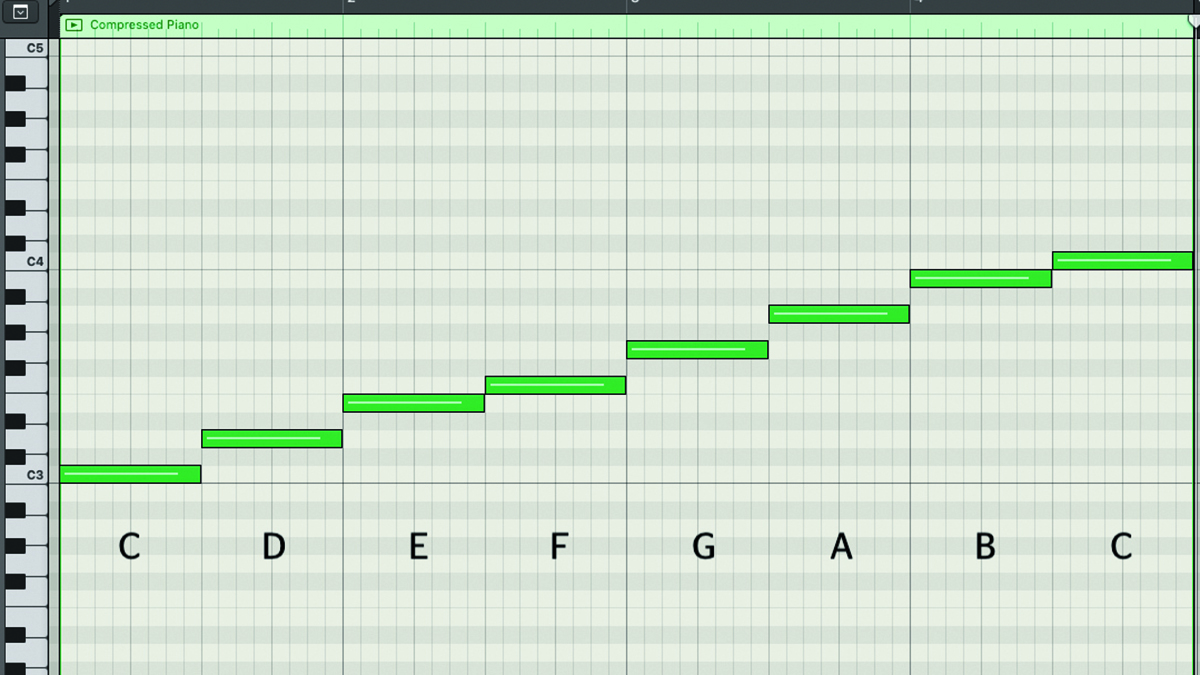
Step 1: The first step in figuring out what a 2-5-1 is, is finding out what those numbers actually refer to. And to do that, we need to look at a major scale and the diatonic chords built from it. Let’s start with the C major scale - seven notes from C to B, played on the white notes of the keyboard, with a second, high C at the top.
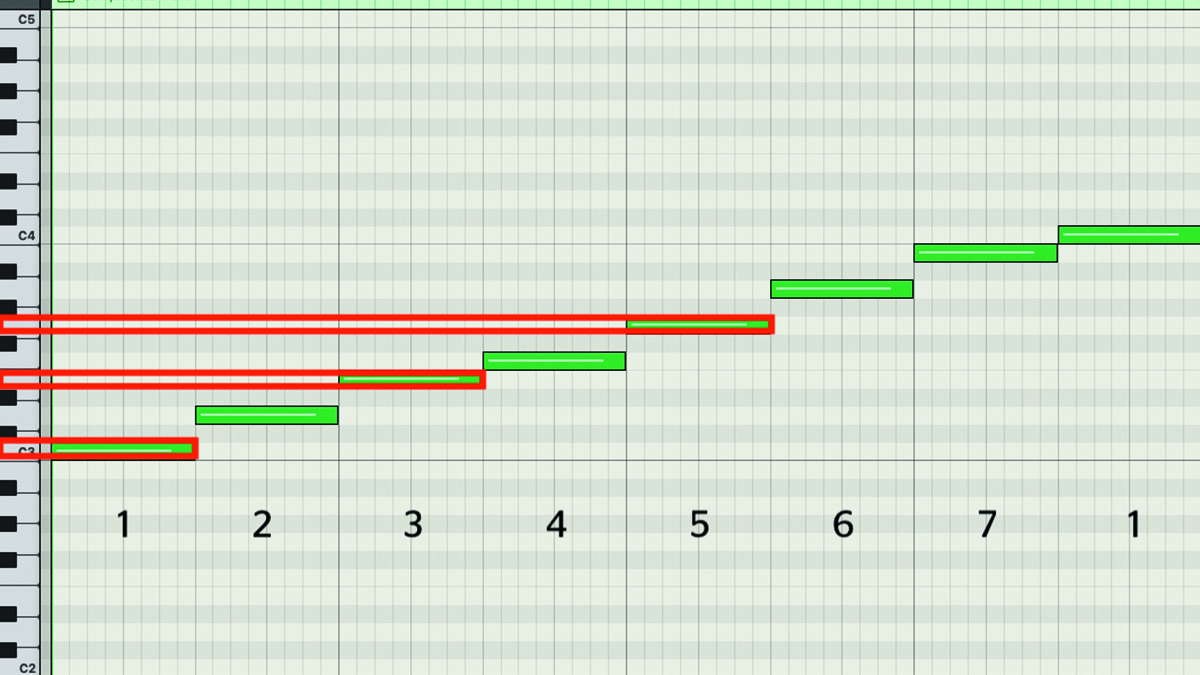
Step 2: If we give these notes numbers from 1-7 instead of the letters C to B, we now have a way of describing melodies and spelling chords regardless of key. So here, because we’re in the C major scale, the notes 1, 3 and 5 make up a C major triad. But this would be the case in any key, as long as we use number 1 for the root.
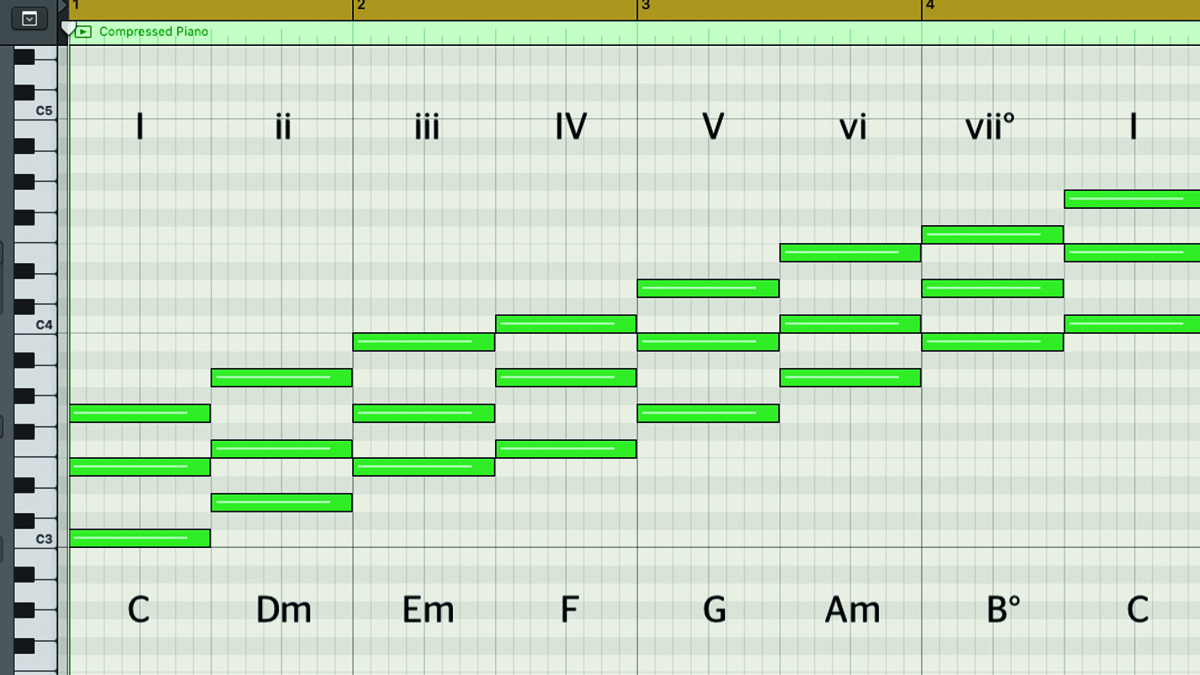
Step 3: We can use the same numbering system for the diatonic chords of the key of C major, the set of triads created by stacking alternate notes from the C major scale to make three note chords. This gives us C, Dm, Em, F, G, Am and Bdim chords. These are usually labelled as Roman numerals, upper case for major chords and lower or minor/diminished.
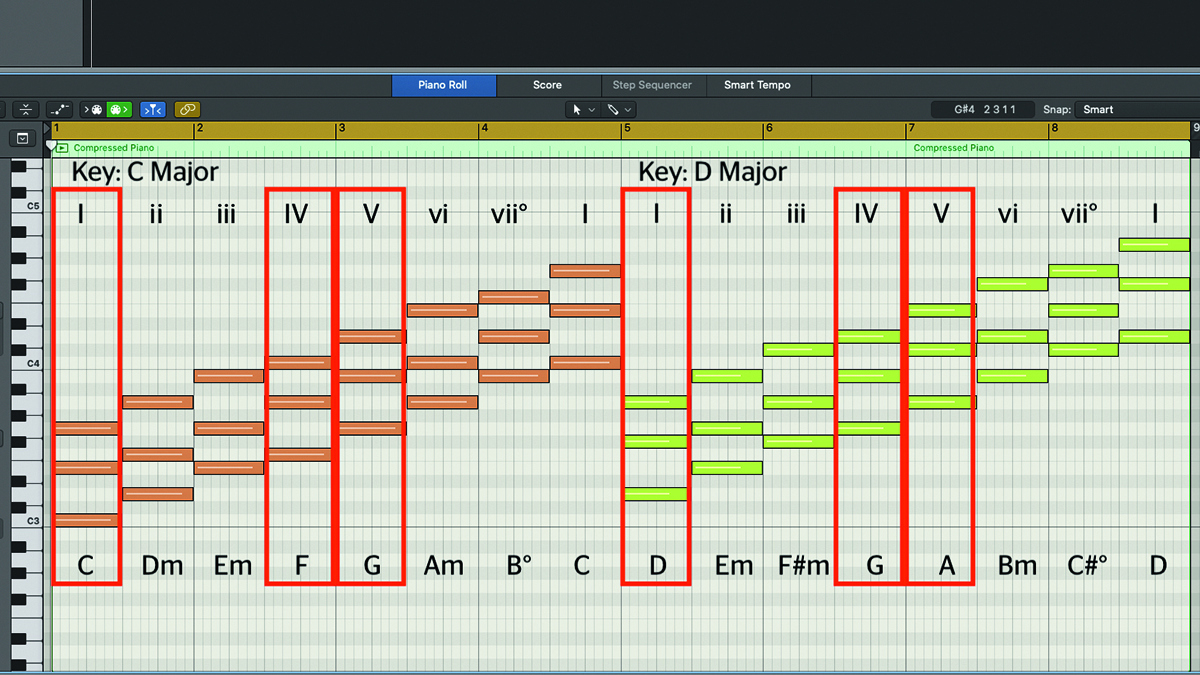
Step 4: Whether we use Arabic or Roman numerals, we can now describe chord progressions by spelling them out using numbers rather than note or chord names. This means it doesn’t matter what key we’re in; the progression will translate the same to any key you like. So a 1-4-5 progression, for example, will give us C-F-G in C major, but D-G-A in D major.
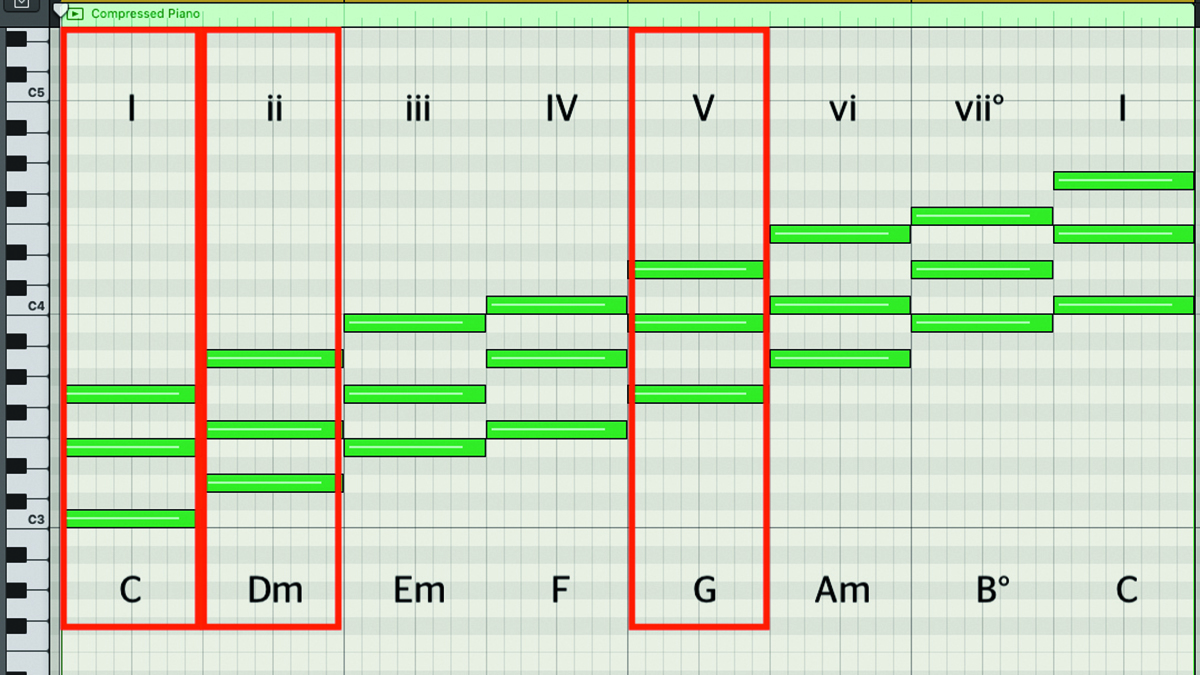
Step 5: So a 2-5-1 (aka ii-V-I) is a little building block progression made up of the 2nd, 5th and 1st chords of the diatonic set. So in the case of C major, that means Dm, G, C. It’s an incredibly common songwriting device, and you’ll hear it in all forms and genres of music, not just jazz. So how would we use it in, say, a contemporary pop setting?
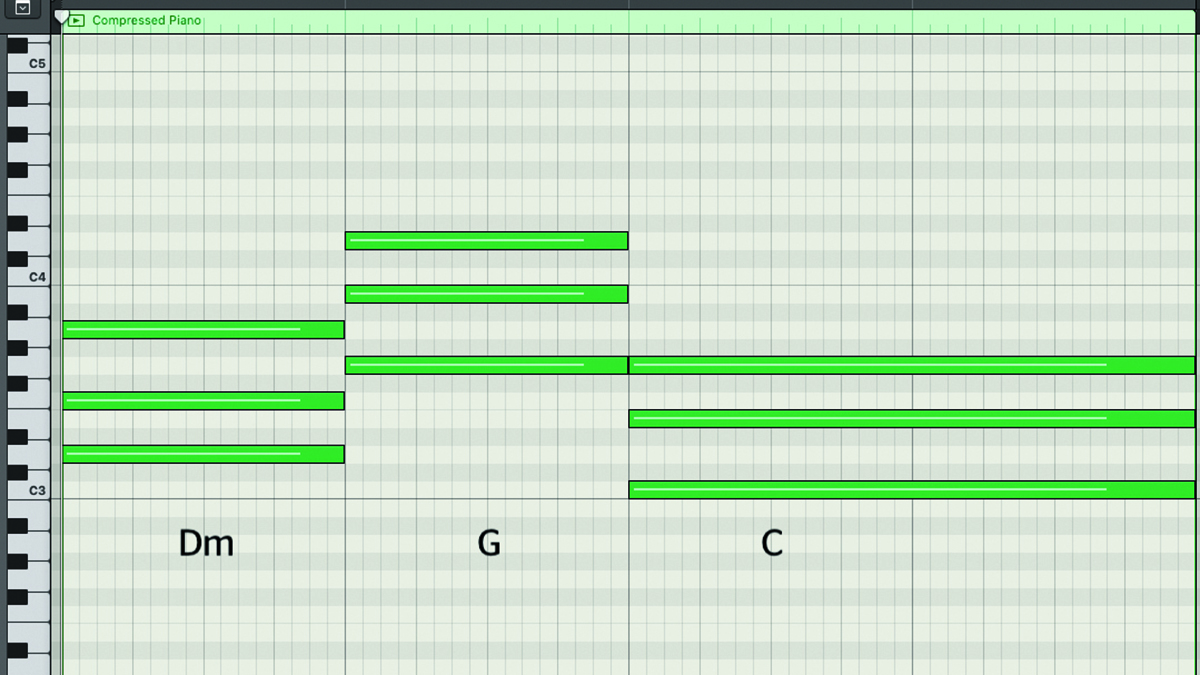
Step 6: Here’s what a basic 2-5-1 in the key of C major looks (and sounds) like, played with simple piano chords. The minor 2 chord is Dm (D, F, A), the V chord is G major (G, B, D) and the tonic I chord is C major (C, E, G). This is its most basic form, however, so how can we go about making it more interesting?
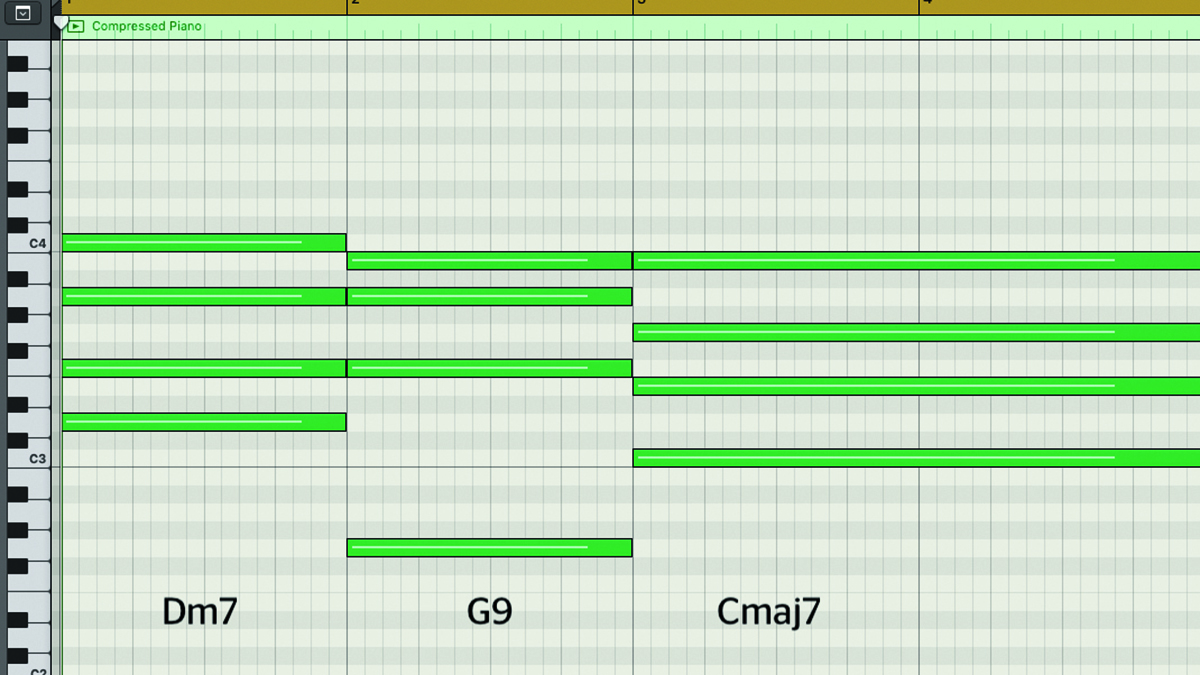
Step 7: You can spice the 2-5-1 up a bit by using 7th chords, and different voicings and inversions, as shown in this example. Here we’ve gone for Dm7 (D, F, A, C), G9 (G, F, A, B) and Cmaj7 (C, E, G, B). This gives it a slightly more jazz feel, good for soul or R’n’B genres.
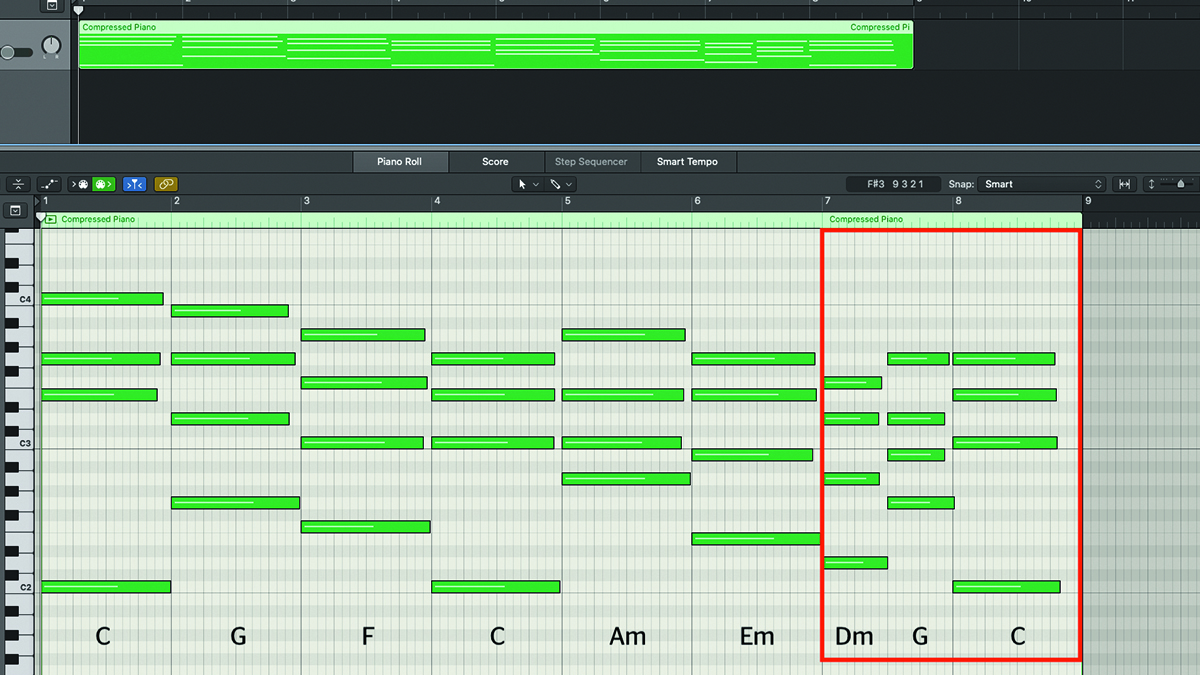
Step 8: So how can we use a 2-5-1 effectively in a track? As a basic example, here’s a diatonic C major progression, using a 2-5-1 at the end to get back to the tonic as it repeats. We’ve got C - G - F - C - Am - Em - Dm - G - C, and the 2-5-1 is the final three chords in bars 7 and 8.
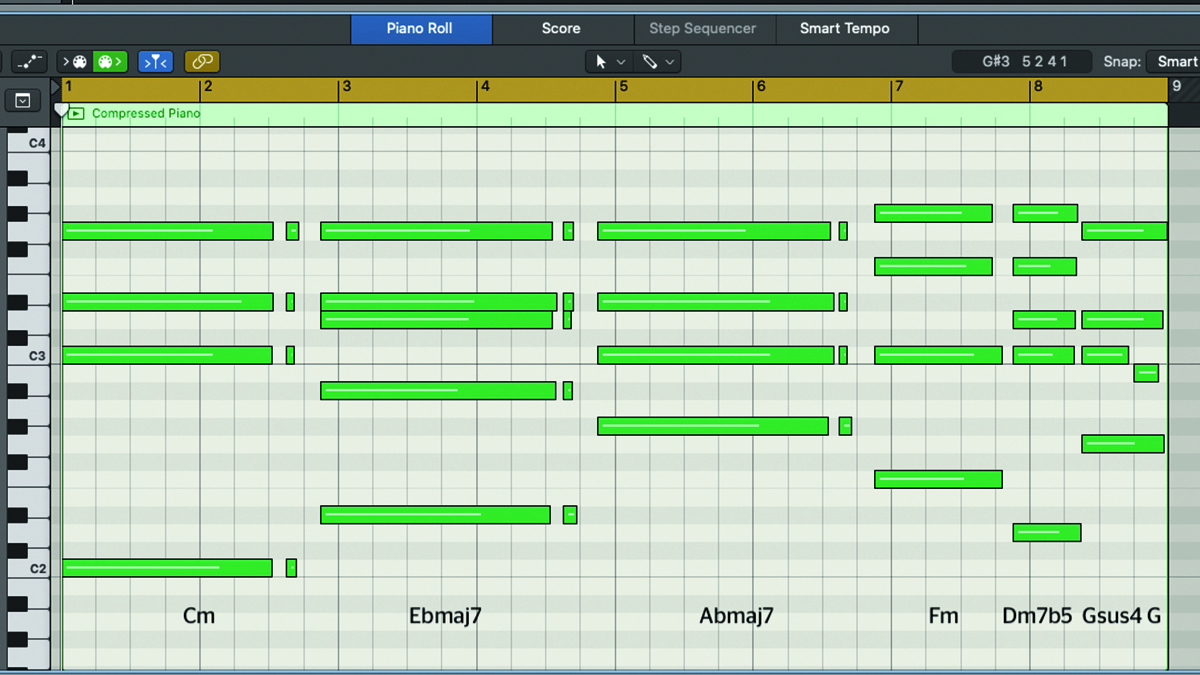
Step 9: For this example in the key of Cm, our progression is Cm - Ebmaj7 - Abmaj7 - Fm - Dm7b5 - Gsus4 - G. The 2-5 happens in bar 8, resolving to the repeat of the 1 (Cm) on the following downbeat. The Dm7b5 comes from the fact that the ii chord in a minor key is a diminished chord, while the Gsus4 is used as a passing chord to add a little drama in the transition to the G.
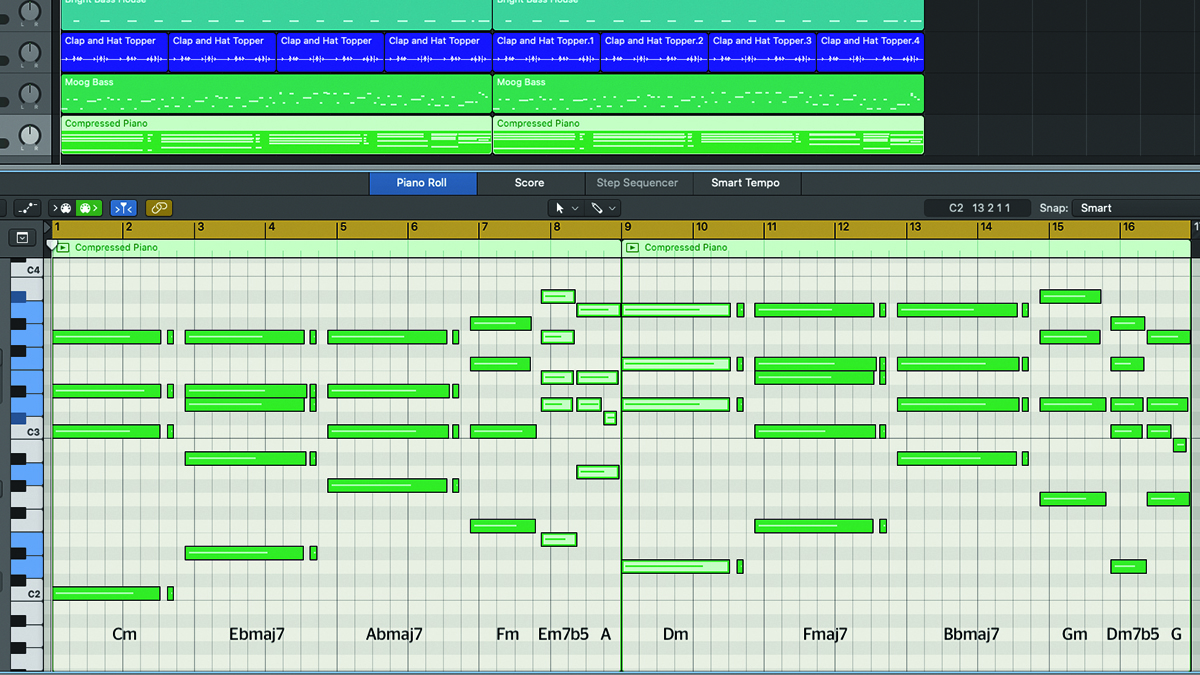
Step 10: You can use a 2-5-1 to change key by just putting a 2-5 from the key you’re modulating into before the tonic of that key. Here we’ve modulated from the key of Cm in the first eight bars to the key of Dm in the second eight by way of a 2-5-1 that precedes the Dm chord on the downbeat of the second section. The ii of Dm is Em7b5, the V is A, and the I is the Dm.
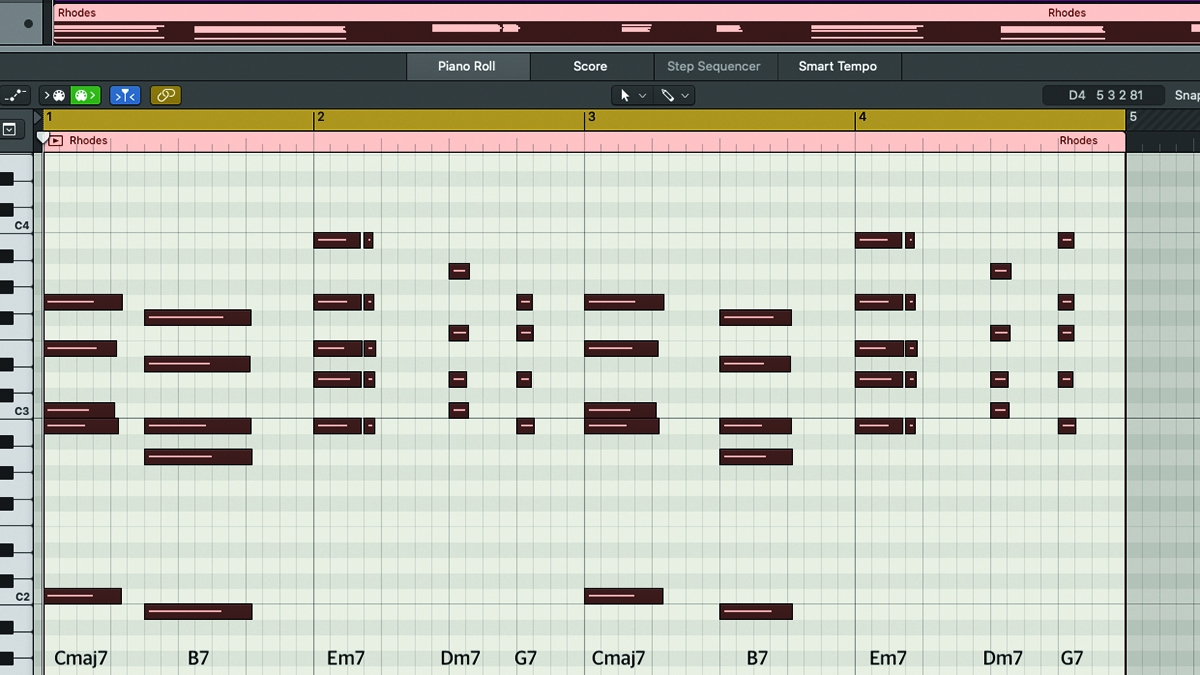
Step 11: This progression is actually in the key of Em, but begins with a Cmaj7 chord, which as it’s the first thing we hear, our ears initially assume is the tonic chord, even though the tonic is actually the Em7 in bar 2. The progression goes Cmaj7 - B7 - Em7 - Dm7 - G7 - Cmaj7 - B7 - Em7 - Dm7 - G7. So where’s the 2-5-1?
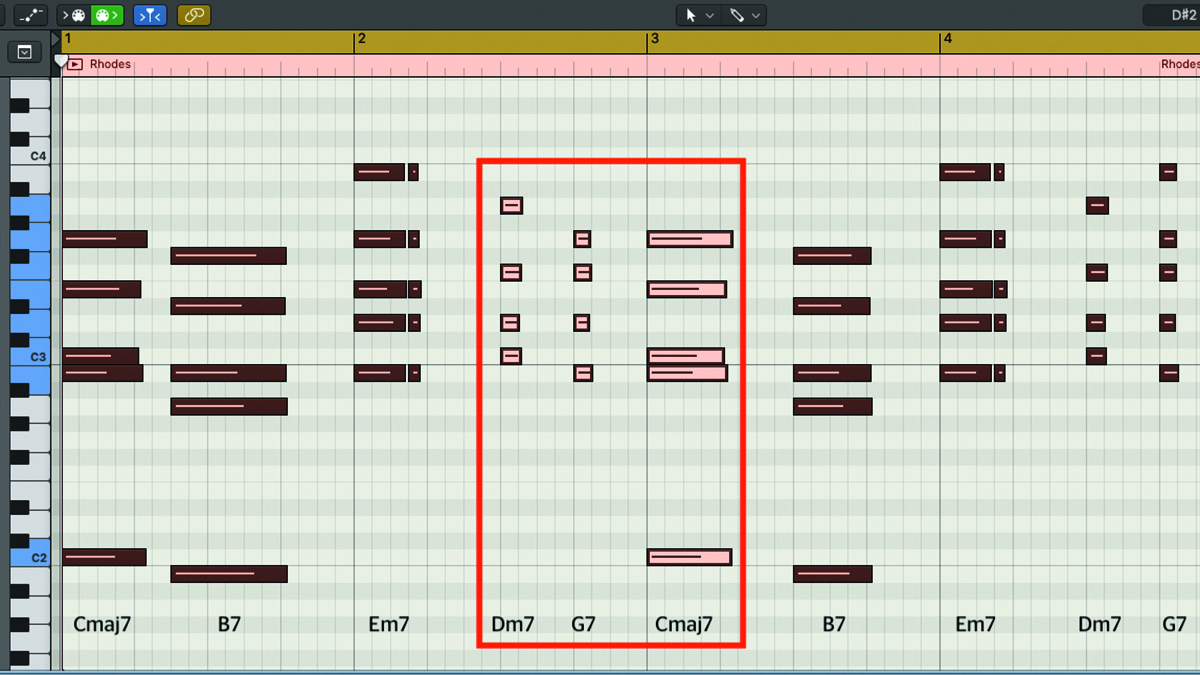
Step 12: We’ve cheated a bit here by using a 2-5-1 that’s not actually in the key of the tune. What we’ve done is essentially pretend that the key is C major, based on that first Cmaj7 chord. So when the pattern wraps around a second time, we’ve preceded the Cmaj7 chord that falls on the downbeat of bar 5 with a 2-5 as it would be if we were in that key, namely Dm7 followed by G7.
Dominant forces
The method of key change shown in step 10 is known as a modulation by secondary dominant. This is because we’re smoothing out the transition from the original key into the new key by preceding the tonic of the new key with the V chord, or dominant of that key. The additional placement of the new key’s ii chord before the dominant - making a 2-5-1 -just serves to make the transition that much smoother.
Leading question
Why does the 2-5-1 work so well, particularly when voiced with 7th chords? It’s to do with leading tones. The 7th of the Dm7 chord, C, leads well into the 3rd of the G chord, B. As this is only a semitone movement, we call this a leading tone. The minor third of the D chord, F, becomes the 7th of the G chord. This is a ‘common tone’, where the same note occurs in both chords, but its function has changed.
Computer Music magazine is the world’s best selling publication dedicated solely to making great music with your Mac or PC computer. Each issue it brings its lucky readers the best in cutting-edge tutorials, need-to-know, expert software reviews and even all the tools you actually need to make great music today, courtesy of our legendary CM Plugin Suite.
"If I wasn't recording albums every month, multiple albums, and I wasn't playing on everyone's songs, I wouldn't need any of this”: Travis Barker reveals his production tricks and gear in a new studio tour
“My management and agent have always tried to cover my back on the road”: Neil Young just axed premium gig tickets following advice from The Cure’s Robert Smith










